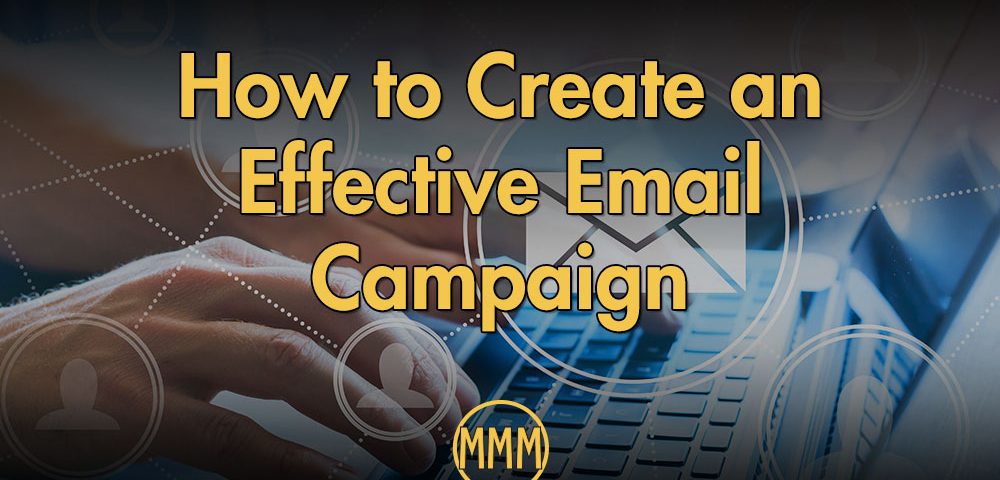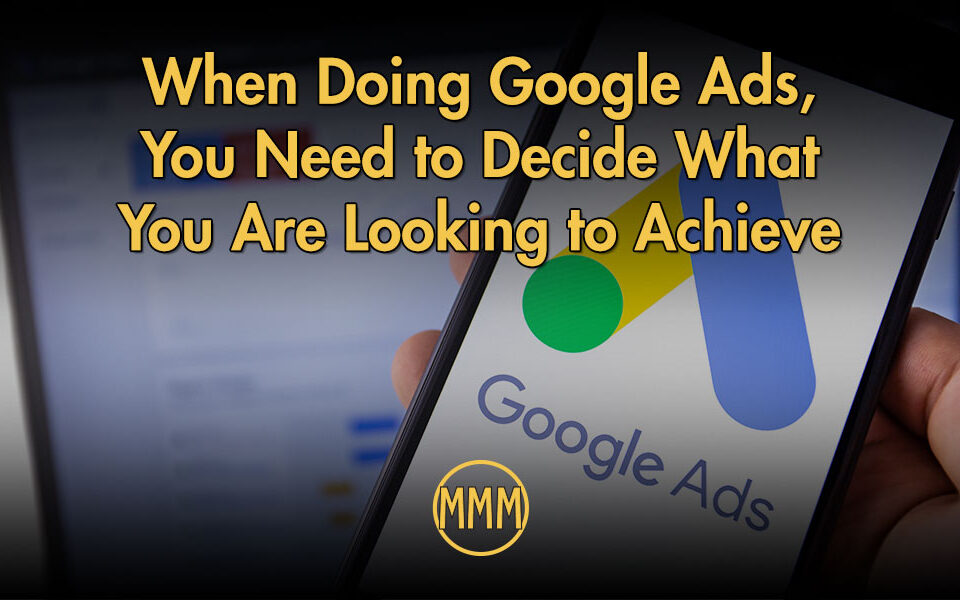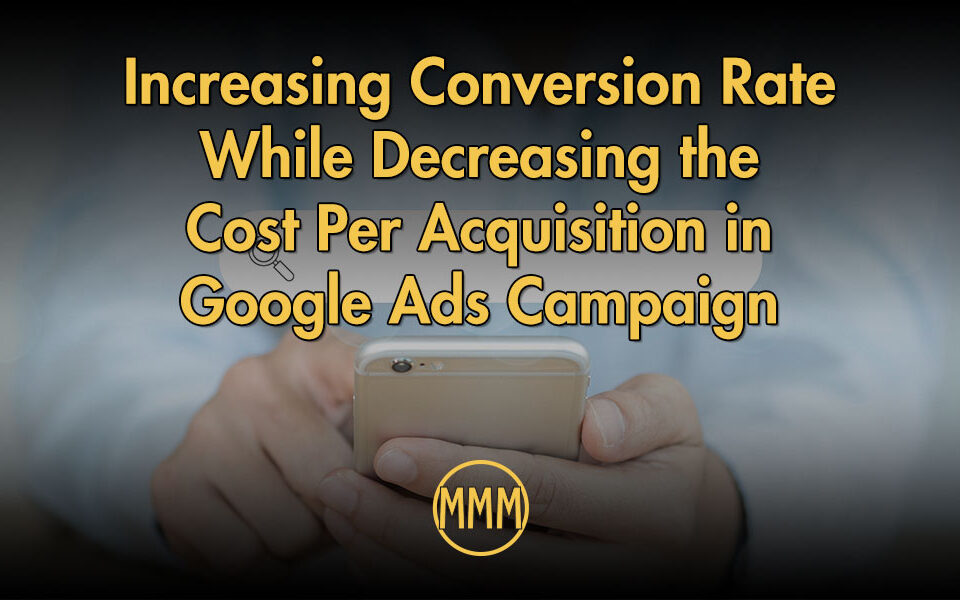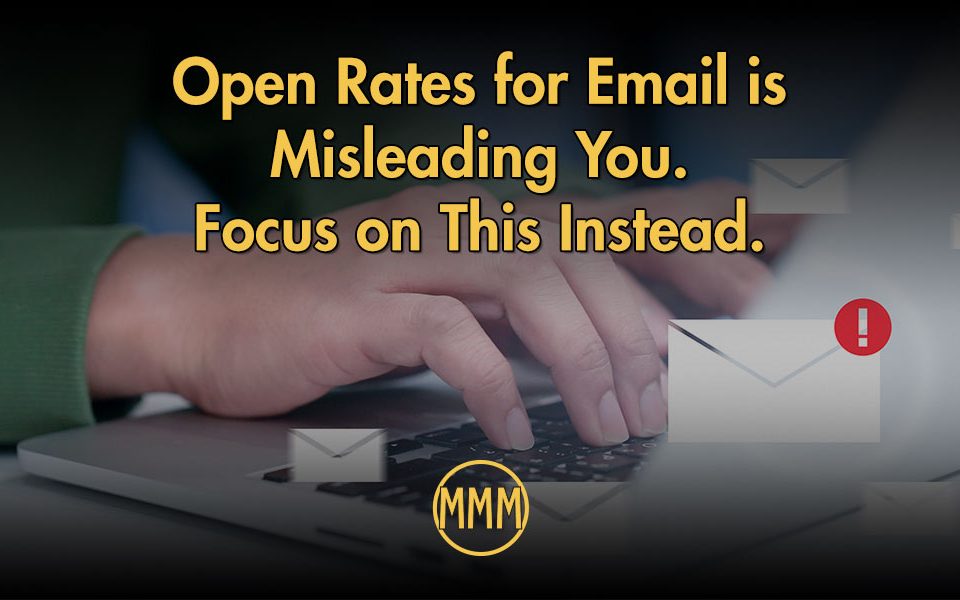
Why It’s Important to Set Goals in Google Analytics
February 3, 2020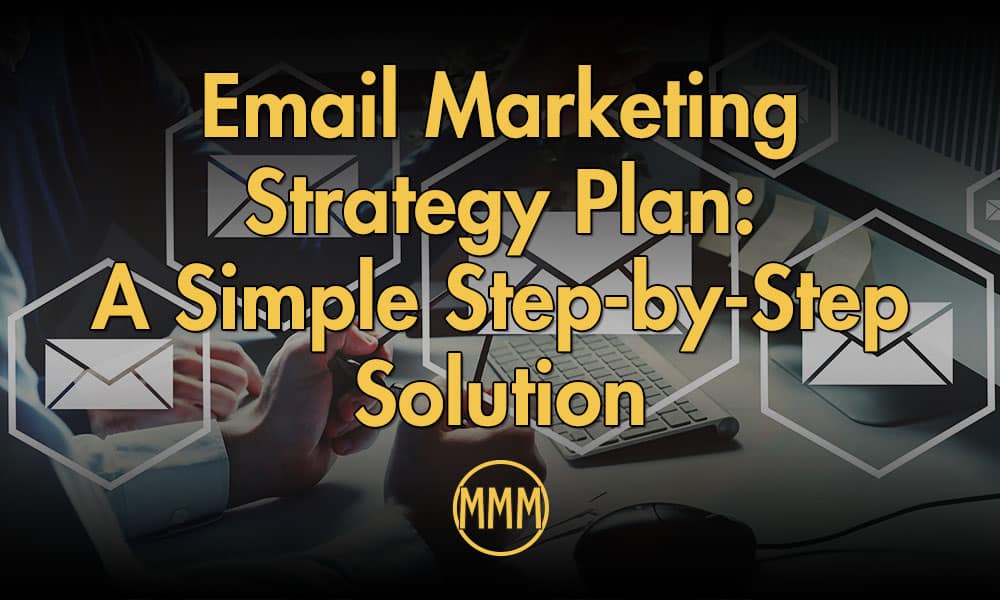
Email Marketing Strategy Plan: A Simple Step-by-Step Solution
March 2, 2020Summary: Creating an effective email campaign involves delivering the right message to the right person. This involves a deeper understanding of your audience.
How to create an effective email campaign is very subjective. Every business’s idea of an effective email campaign is quite different. The one thing that effective email campaigns have in common they have a specific goal in mind and are targeted directly to the right audience. I put together some ideas about how to make your email campaigns more effective.
Start with Segmenting Your Email List
Segmenting your list will allow you to target your customers directly based on their interests. I wrote an article about segmenting your email list for more conversions. In that article, I talk about how email list segmentation is what will increase open rates, conversion rates, reduce cart abandonment, and not annoy your customers.
Most email platforms like Mailchimp or Constant Contact provide tools to create segments. Some of the most common are already defined within the application, for example, open rates and engagement. You can leave your segmentation at that. Sometimes you want to dig a little bit deeper. You can include segments based on shopping habits or particular products or even geography. The idea is to deliver the right message to the right person. However, what is going to get their attention? That involves learning about your customers and your audience.
Crafting the Right Message for Your Audience
Knowing your audience is essential, but it goes beyond the typical surface-level demographics like age, gender, and purchase history. In my article, 3 Steps to Crafting a Message that Separates You From Your Competition, the very first step I talk about is learning what your competition is not learning. What that means is going deeper into learning about your audience. It means talking about what your competitors are not addressing. It involves identifying the state of mind of your audience when they are ready to make a purchase. For example, is your product a discretionary purchase, like a piece of jewelry or a vacation? What are some of the trigger words that will result in getting their attention?
In an article I wrote about the best ways to identify your target market, I talk about similarities in your audience. If you are a divorce attorney, they are all looking for a divorce, I get it, but it goes beyond that surface-level similarity. Why did they choose you over your competition? I am willing to bet, if you dig deeper, that there are additional similarities in their attitude about divorce.
Developing Contingencies Based on Their Actions
What do you do if you don’t get the desired results you want? Do you throw the whole thing out and start again? In most cases, that might not be the right course of action. Sometimes, you can capitalize on what you learn and still get value from a campaign.
For example, the benchmark for open rates is about 25%, which means that 75% of your audience didn’t care enough to even open a message from you. Don’t be discouraged because this happens to everyone.
I laid out a plan for contingencies in an article called Does Your Email Marketing Have Contingencies? I talk about that there are typically four kinds of interactions when you send out an email. They are unopened; open and don’t click; open, click and don’t convert; and convert. Each one of these actions, or lack of action, is accounted for in a contingency plan.
Dealing with the Different Actions in an Email Campaign
There are plenty of reasons why someone doesn’t open an email you sent. Let’s assume for a moment that they saw the email and weren’t interested based on the subject line. There are two simple exercises you can try to get more recipients to open your email.
The first is to change the subject line. This one is a no brainer. However, I would add that you look back on what you have learned about your audience before rewriting the subject line. What is the state of mind of your target audience, and how can you address that state of mind in a second email?
The second exercise is to personalize the subject line. Statistics have shown that a personalized subject line will get more people to open the email. Just these little tweaks can increase the viewership of your email from 25% of your audience to nearly 50% of your audience without rewriting a single line in your email. Now that you got them to open it, you need them to take some action.
If you are looking for the recipient to take some action, you are going to need to do some convincing. If you have a product that is going to change people’s lives, how has it changed other’s lives? Testimonials are great to include as part of the email. Links to video testimonials are even better. Links to reviews on Google or by third parties are just as useful.
Going back and addressing some of their concerns is another technique you can use to get them to click. Empathize with their hesitation and assure them that the risk is minimal. If you know your audience, you can get a better handle on what their uncertainty may be and address either in the first email or subsequent emails.
Ultimately, Creating an Effective Email Campaign is About Knowing Your Audience
To pull this all together in a neat bow, learning about your audience and addressing their needs in your email campaign will make it more effective. If you plan this campaign and the contingencies ahead of time, it will save you time and money. Before you start planning on contingencies, you need to have a definition of an effective campaign for your business. Is it opens, or clicks, or purchases?
As with any campaign, start with the goal and work backward. The most effective email campaigns address the reader directly, not with a broad brush, but with content that speaks to them and their needs. The focus needs to be what you can do for them and not what they can do for you. If you take that approach with all of your email campaigns, they will immediately become more successful.

